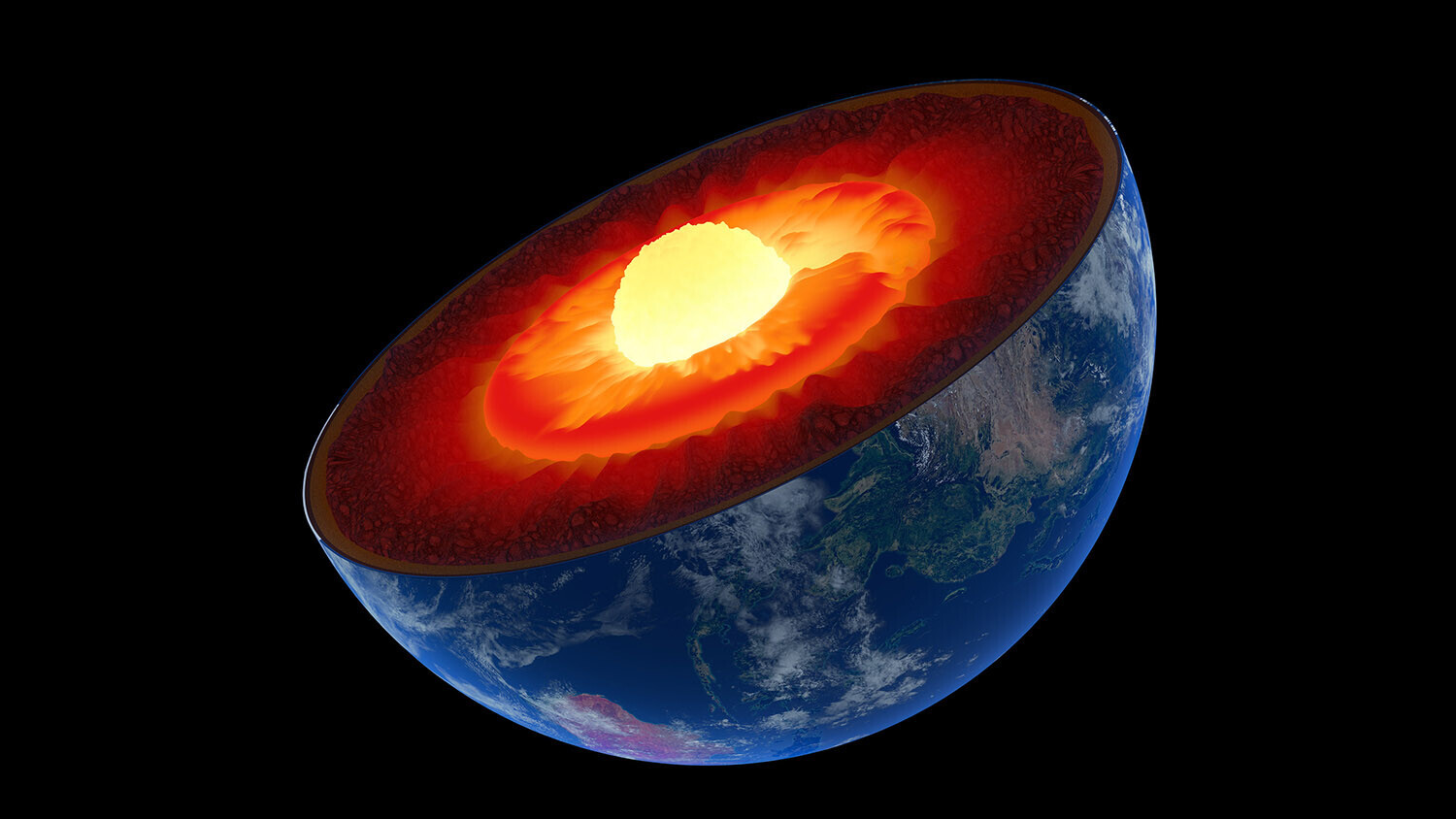All Articles for
Gravitational Forces
The gravity of Earth, which is denoted by g, refers to the acceleration that the Earth imparts to objects on or near its surface. In SI units this acceleration is measured in metres per second squared (in symbols, m/s2 or m·s−2) or equivalently in newtons per kilogram (N/kg or N·kg−1). It has an approximate value of 9.81 m/s2, which means that, ignoring the effects of air resistance, the speed of an object falling freely near the Earth's surface will increase by about per second every second. This quantity is sometimes referred to informally as little g (in contrast, the gravitational constant G is referred to as big G). There is a direct relationship between gravitational acceleration and the downwards weight force experienced by objects on Earth, given by the equation (). However, other factors such as the rotation of the Earth also contribute to the net acceleration. The precise strength of Earth's gravity varies depending on location. The nominal "average" value at the Earth's surface, known as is, by definition, 9.80665 m/s2 (about 32.1740 ft/s2). This quantity is denoted variously as gn, ge (though this sometimes means the normal equatorial value on Earth, 9.78033 m/s2), g0, gee, or simply g (which is also used for the variable local value).
